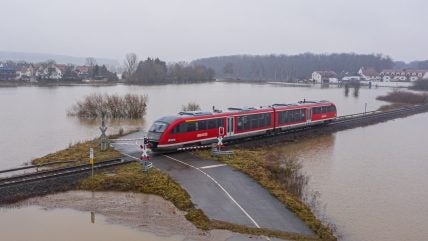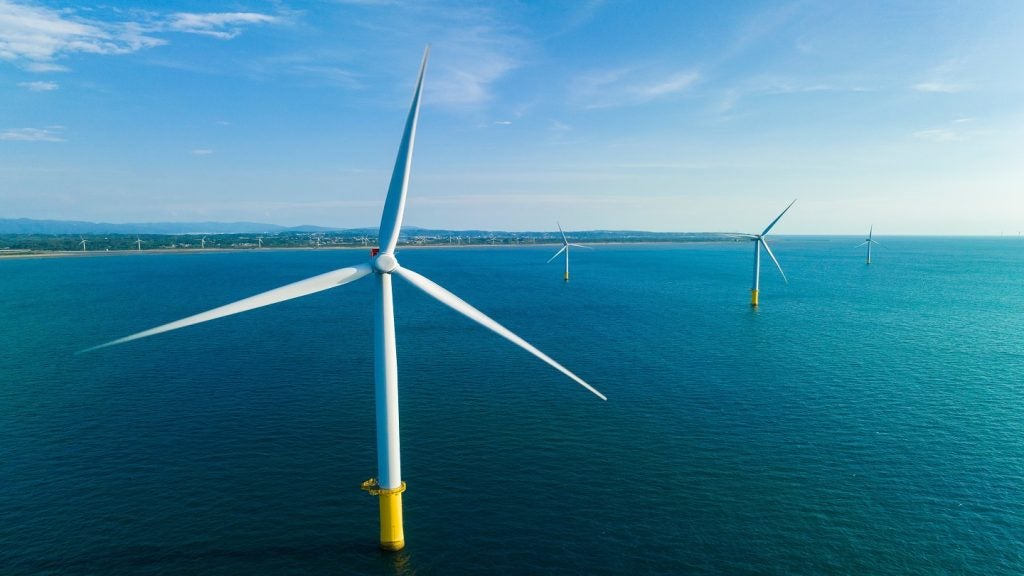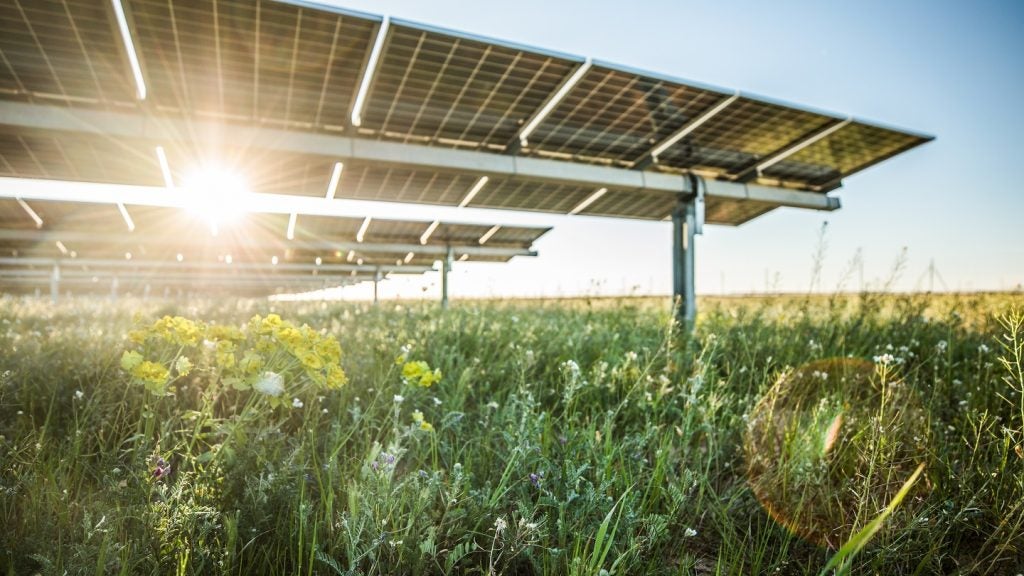
In 2023, a report by the World Meteorological Organization and the EU’s Copernicus Climate Change service stated that multiple nations within Europe had experienced their warmest year on record. In 2021, the European Year of Rail, the European Commission promoted the role of trains in aiding the EU to become climate-neutral by 2050, as a substitute for environmentally-damaging short-haul flights. Consequently, the rail industry faces increased usage of its services as it battles impending climate change-related damage to its infrastructure.
“Climate change and its associated extreme weather are the biggest challenges Network Rail, and in fact the world, faces”, says Chris Denham, senior media manager at Network Rail, the UK’s rail infrastructure provider. To mitigate disruptions across Europe, infrastructure providers must anticipate and mitigate a host of threats from adverse weather conditions.
What dangers does climate change pose to rail infrastructure and service?
Climate change causes a multitude of difficulties for rail infrastructure. Increased temperatures can cause tracks to bend and buckle tracks while more frequent storms can result in perpetual cycles of repairs from fallen trees and flooding.
Patricia Grobben, climate change advisor at Belgian railway infrastructure manager Infrabel, explains that climate-related events can reduce robustness and punctuality, and lead to premature ageing of infrastructure. This will result in an increased need for maintenance and renewal works and “increasingly frequent crisis management” – which will come with significant financial consequences.
Grobben highlights that while parts of rail infrastructure such as tracks, bridges, earthworks and hydraulic structures are particularly vulnerable to heavy rainfall, electrical engineering such as signalling and electric traction are more vulnerable to extreme temperatures.
Increased rainfall is anticipated to be a particular issue in the UK due to a lot of embankment sites being constructed from clay.
How well do you really know your competitors?
Access the most comprehensive Company Profiles on the market, powered by GlobalData. Save hours of research. Gain competitive edge.

Thank you!
Your download email will arrive shortly
Not ready to buy yet? Download a free sample
We are confident about the unique quality of our Company Profiles. However, we want you to make the most beneficial decision for your business, so we offer a free sample that you can download by submitting the below form
By GlobalData“In many areas, Victorian builders dug steep-sided cuttings to save money or constructed embankments out of clay and whatever else they had on-site, including steam engine ash. Culverts and drains were built to deal with the worst of the winters in the 1800s, which were much colder than now but nowhere near as wet,” Denham explains.
“Clay is a terrible material to build railways from, as it expands when it’s wet and contracts just as fast when it’s hot and dry. As embankments contract, they do so unevenly, leaving the railway on top looking like a roller coaster. Speed restrictions have to be put in place and we can’t tamp the track back into alignment until the weather turns and the rain soaks in.
“Most of our clay embankments are in the Southern region, and the hot summer of 2022 led to speed restrictions over a long period on a stretch of the Wessex route down to Exeter.”
Alongside this, coastal rail routes are in danger of being destroyed by ongoing erosions as sea levels rise, jeopardising necessary travel despite ongoing work to stabilise rail lines.
Responses across Europe
Network Rail
Network Rail, as highlighted in recent reports from Bloomberg, has faced mounting payouts to UK operators due to disruptions to services caused by wind, flooding and high temperatures. For the sake of profitability and maintaining the network, the company has an imminent need to respond to these threats.
“In Britain, we’re already seeing hotter, drier summers and warmer, wetter winters. They have put increasing strain on a network that is approaching 200 years in some places,” Denham explains.
Network Rail’s third climate adaptation report, published in December 2021, details the company’s progress and plans for managing the impact of climate change. It explains the Weather Resilience and Climate Change Adaption Plan.
The report comprehensively assesses risks from precipitation, sea level rise, flooding, temperature rise and storms from the present day to the 2080s, noting which parts of the network’s infrastructure are likely to be affected.
Anticipating a host of risks from sinkholes to an increase in lineside fires in dry vegetation, the company’s plan aims to prepare rail infrastructure to minimise the impacts of climate change while also achieving net-zero carbon emissions by 2050.
Currently, Denham tells our sister site Railway Technology, Network Rail is writing plans for Control Period 7 which include a £2.9bn investment into climate change resilience. This will map out action in this area up until 2029 and is due to be released in Spring 2024.
Denham clarifies that planned actions will include drainage improvements, protections from landslips and maintenance that will help the railway cope better with extreme weather events, ultimately ensuring a more reliable service for passengers.
Infrabel
In Belgium, Infrabel has responded to the prospect of a sustained increase in temperatures with a variety of preventive measures.
Grobben explains that Infrabel has installed tension release devices along rail tracks to prevent buckling in high temperatures or breaking in low temperatures, alongside seasonal control of the quality of track beds and inspections of joints and switches.
The rail provider also has weather stations monitoring rail temperatures, which send automated alerts to maintenance teams if they exceed certain thresholds.
In anticipation of heavy rainfall, Infrabel has built storm basins in flood-prone areas and is assessing the stability of railway embankments in case of flooding and bridge abutments subjected to excessive erosion in rivers.
Aside from these preventive measures, Infrabel has purchased ‘green rails’ for use in its infrastructure. These rails are manufactured using electric furnaces instead of coal blast furnaces and use recycled raw materials, which reduce the carbon footprint their manufacture by 70%.
Deutsche Bahn
With over 30,000km of rail, Deutsche Bahn (DB) is one of the largest rail infrastructure and service providers in Western Europe and thus has large swathes of rail to maintain and upgrade in the face of tumultuous weather linked to climate change.
In 2021, Deutsche Bahn commissioned a study from the Potsdam Institute for Climate Impact Research (PIK) to examine climate changes between now and 2060 based on the best and worst scenarios developed by the Intergovernmental Panel on Climate Change. The results demonstrated the likelihood of significantly more heatwaves and severe weather conditions such as torrential rain, yet milder winters.
To mitigate the potential for passenger issues in extreme temperatures, Deutsche Bahn has purchased long-distance trains which can maintain a stable and comfortable internal climate in outside temperatures of up to 45°C, which are tested every 6 months.
Rail infrastructure manager DB InfraGO – which was created from DB Netz and DB Station&Service on 1 January 2024 – has three core areas of focus for climate change: vegetation management, winter management and heat prevention. It is installing temperature sensors at critical points and investing €150m a year in vegetation management.
Deutsche Bahn plans to be climate-neutral by 2040 and to run on 80% renewable traction power by 2030 and 100% by 2038.







